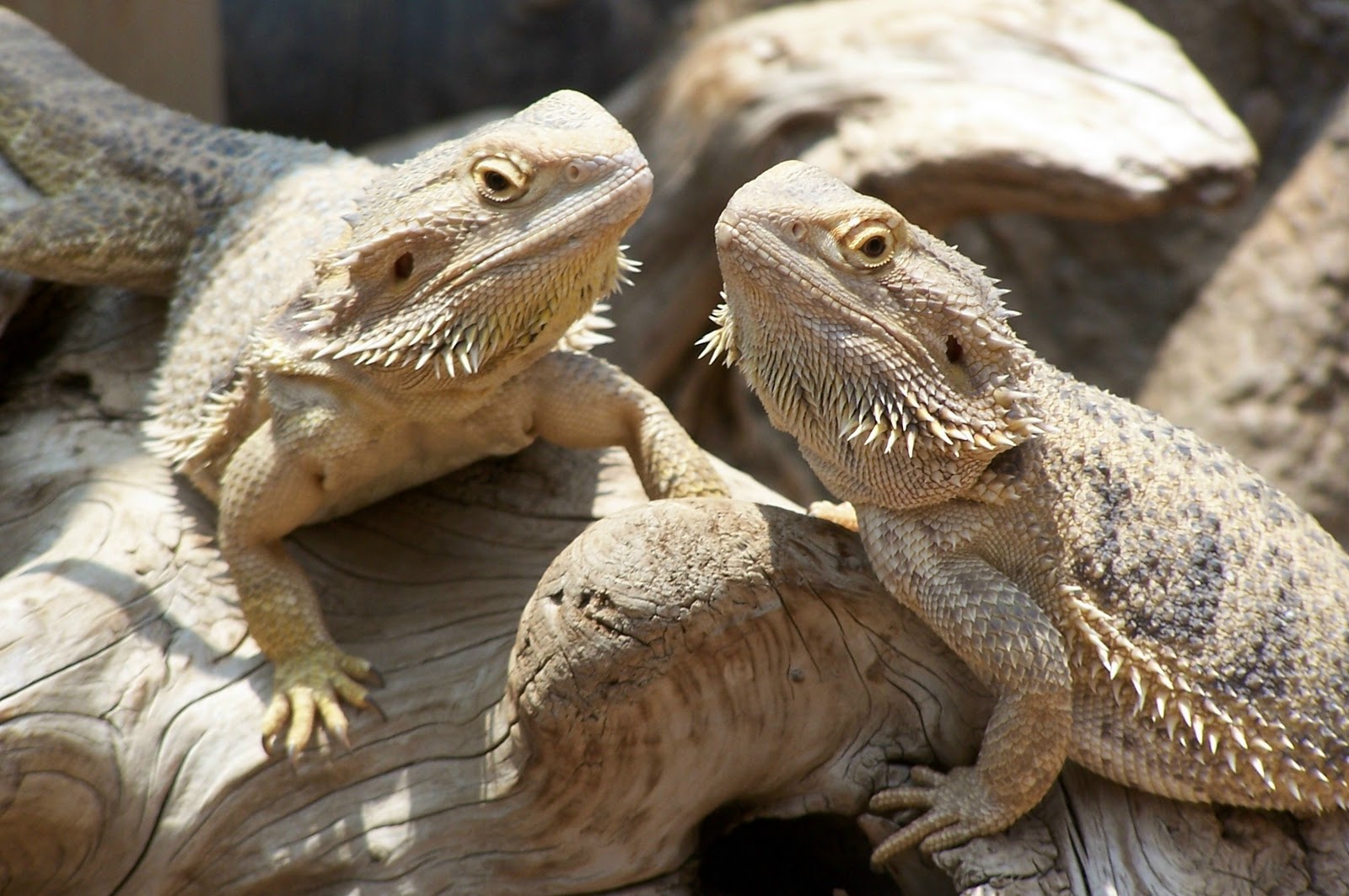Bearded Dragon How Big Do They Get: A Beginner's Guide to Understanding Their Growth
Introduction
Bearded dragons are among the most popular pets kept by reptile enthusiasts. These lizards are known for their docile nature, unique appearance, and easy care requirements. However, before owning a bearded dragon, it’s important to understand their growth rate, and how big they can get. In this guide, we’ll cover everything you need to know about how big bearded dragons can get.
How Big Do Bearded Dragons Get?
Bearded dragons are relatively small when they hatch, measuring only a few inches in length. However, they can quickly grow in size, with an average growth rate of about an inch per month for the first year. After the first year, their growth rate will gradually slow down, and they may take up to 3-4 years to reach their full size.

In terms of size, adult males are usually larger than females, with an average length of 18-22 inches from head to tail. Females, on the other hand, are slightly smaller and typically measure 16-20 inches in length. However, there is some variation in size depending on the individual bearded dragon and their genetic background. Some bearded dragons may grow larger or smaller than average.
Factors Affecting Bearded Dragon Size
Several factors can influence how big a bearded dragon will grow, including genetics, diet, environment, and overall health. Let’s take a closer look at each of these factors:
Genetics
Like with any animal, genetics plays a significant role in how big a bearded dragon can get. If the parents of a bearded dragon were large, then it’s likely that the offspring will also be larger than average. Conversely, if the parents were small, then their offspring would be smaller than average.
Diet
Diet is another significant factor that can affect bearded dragon growth. These lizards require a varied diet that includes fresh greens, vegetables, fruits, and insects. If a bearded dragon doesn’t receive a balanced diet or doesn’t have access to enough food, it may not grow to its full size.

Environment
Bearded dragons need a warm, dry environment to thrive. If the temperature or humidity levels in their enclosure are not optimal, it can impact their growth rate. Additionally, inadequate space may stunt their growth and result in a smaller adult size.
Overall Health
Finally, a bearded dragon’s overall health also plays a role in their growth. If a lizard is sick or has a nutrient deficiency, it may not grow as large as it should. Regular check-ups with a veterinarian can help ensure that your bearded dragon is healthy and growing properly.
How to Ensure Your Bearded Dragon Grows to its Full Size
To ensure that your bearded dragon reaches its full size and grows healthily, there are several things you can do:
- Provide a balanced diet that includes a mix of fresh greens, vegetables, fruits, and insects.
- Ensure that your bearded dragon has access to clean water at all times.
- Maintain optimal temperature and humidity levels in their enclosure.
- Ensure that their enclosure provides adequate space and climbing opportunities.
- Regularly take your bearded dragon to a veterinarian for check-ups.
- Avoid overhandling your bearded dragon, as this can cause stress.
Conclusion
In conclusion, bearded dragons are fascinating pets that can grow to a substantial size if properly cared for. By understanding their growth rate and what factors can impact their growth, you can provide your bearded dragon with the best possible care and ensure it reaches its full size. Remember to always seek expert advice if you have any questions about taking care of your new pet, and enjoy watching them grow into a healthy, beautiful adult bearded dragon!

